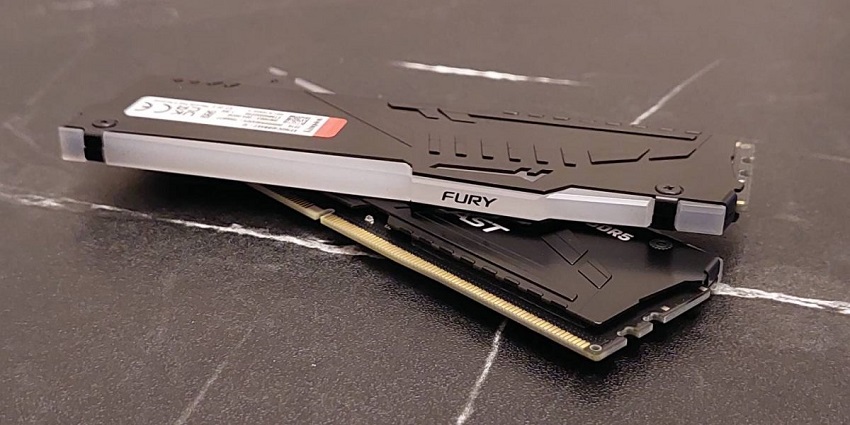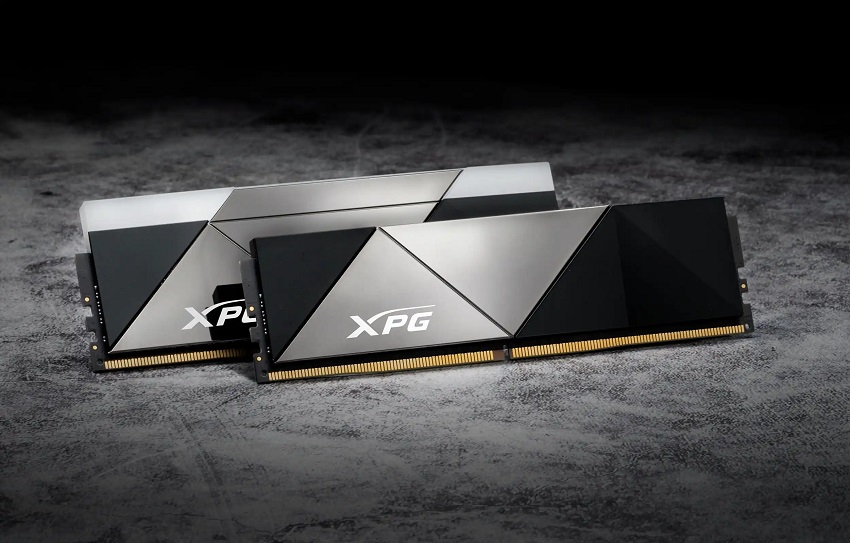Are you considering upgrading your computer’s memory? With the introduction of DDR5 (Double Data Rate 5) memory, you might be wondering if it offers improved performance over its predecessor, DDR4. One important factor to consider is latency. In this article, we will explore the topic of DDR5 latency and its implications for system performance. Let’s dive in!
Understanding DDR5 Latency
Latency refers to the time it takes for data to travel between the CPU and the memory module. In the context of DDR5 memory, latency is influenced by several factors, including clock speed, timings, and the overall architecture of the memory module.
DDR5 memory operates at higher clock speeds compared to DDR4, which allows for faster data transfer rates. However, increased clock speeds alone do not guarantee lower latency. The timings, measured in clock cycles, play a crucial role in determining the overall latency of the memory module. Explore the fclk frequency.
The Impact of DDR5 Latency on Performance
Lower latency is generally desirable as it allows for quicker access to data, resulting in faster computing performance. However, it’s important to note that latency is just one aspect of memory performance. The overall impact of DDR5 latency on system performance depends on various factors, including the specific workload and the CPU’s ability to handle memory requests efficiently.
DDR5 memory offers higher bandwidth, which can compensate for slightly higher latency compared to DDR4. The increased bandwidth allows for the transfer of larger amounts of data per unit of time, resulting in improved overall system performance.
Comparing DDR5 and DDR4 Latency
While DDR5 memory has the potential for higher latency due to its increased clock speeds, advancements in memory technology have mitigated this issue to a certain extent. DDR5 memory modules are designed to provide better efficiency and lower latencies compared to their predecessors.
To put things into perspective, let’s consider an example. DDR4 memory typically operates with latencies in the range of 15 to 20 nanoseconds. On the other hand, DDR5 memory aims to achieve latencies in the range of 10 to 15 nanoseconds. Although DDR5 might have a slightly higher latency than DDR4 in absolute terms, it compensates for it with increased bandwidth and improved overall performance.
Brands and Models Embracing DDR5
As DDR5 is a relatively new technology, its availability in the market might be limited at the time of writing this article. However, several major brands have already begun developing and releasing DDR5 memory modules.
Brands such as Corsair, Kingston, G.Skill, and Crucial have started introducing DDR5 memory kits with varying capacities and clock speeds. It’s essential to consider compatibility with your specific system configuration and motherboard before purchasing DDR5 memory.
Research Data and Examples
Extensive research and testing are being conducted to assess the performance of DDR5 memory in real-world scenarios. Preliminary findings indicate that DDR5 memory shows promising results, with improved performance in memory-intensive applications such as video editing, 3D rendering, and gaming.
For example, a recent study comparing DDR4 and DDR5 memory performance in gaming applications demonstrated that DDR5 memory offers higher frame rates and improved overall responsiveness, leading to a smoother gaming experience.
In conclusion, DDR5 memory does have slightly higher latency compared to DDR4 due to its increased clock speeds. However, the improved bandwidth and overall efficiency of DDR5 compensate for this higher latency, resulting in enhanced system performance. As more brands and models embrace DDR5 technology, we can expect further optimizations and advancements in memory performance.
Remember to consider compatibility with your existing system and motherboard before upgrading to DDR5 memory. Assess your specific needs and workload requirements to make an informed decision.
FAQs
- Can I use DDR5 memory on my DDR4 motherboard?
No, DDR5 memory is not backward compatible with DDR4 motherboards. DDR5 memory requires a compatible motherboard that supports the new technology.
- Will DDR5 memory significantly improve gaming performance?
DDR5 memory can provide improved gaming performance due to its higher bandwidth and increased overall efficiency. However, the extent of performance improvement may vary depending on other system components and the specific demands of the game.
- Are DDR5 memory modules more expensive than DDR4?
DDR5 memory modules may initially be more expensive than DDR4 due to their newness in the market. However, as adoption increases and production scales up, prices are expected to become more competitive.
- Can I mix DDR4 and DDR5 memory in my system?
No, DDR4 and DDR5 memory are not compatible with each other. Mixing different memory types can lead to system instability and compatibility issues.
- When should I consider upgrading to DDR5 memory?
If you have a compatible motherboard and require improved memory performance for memory-intensive tasks such as video editing, 3D rendering, or gaming, upgrading to DDR5 memory can be beneficial. However, it’s essential to consider your specific needs and budget before making a decision.





